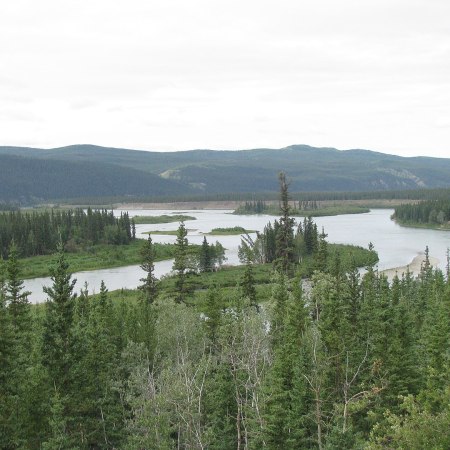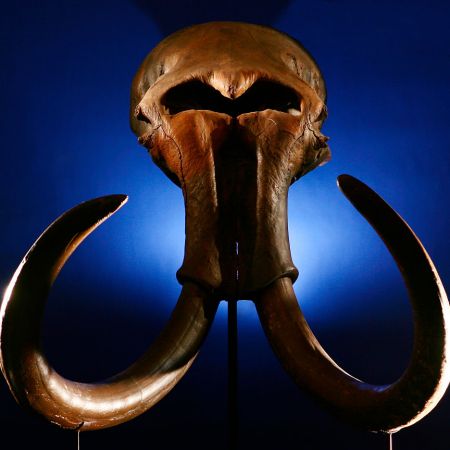It isn’t hard to see why so many people find mammoths compelling. Take all of the qualities that people find intriguing about elephants — the high intelligence, the trunks — and throw in the bittersweeet quality that they’ve been extinct for thousands of years. (Though the species is also a candidate for being revived, if you ask certain scientists.) And we’re continuing to learn more about mammoths, with recent discoveries in England, Mexico and Russia offering more glimpses of how these massive creatures lived.
Earlier this summer came the news that a miner working in the Yukon had discovered the remains of a mammoth that had been there since the last Ice Age. Now, that miner — one Travis Delawski — has shared his experiences with The Guardian.
As Delawski recalls, he was working on a machine that allowed him to dig into the permafrost when he came across the mammoth’s remains. Initially, he thought that he had found part of a bison skeleton at a depth of 60 feet — a not uncommon sight in the permafrost. “Wiping away some of the black muck coating the head, I saw it was more than a skull – it still had skin and ears, as well as what appeared to be a trunk,” he wrote.
Delawski described the arrival of geologists and a paeleontologist on the scene, who prepared the mammoth’s body for transportation and looked for additional forms of life that might have been preserved at the same time as the mammoth. It’s a fascinating account of what it’s like to make such a discovery — and, as Delawski notes, it seems likely that there are many more like it out there.
Thanks for reading InsideHook. Sign up for our daily newsletter and be in the know.















